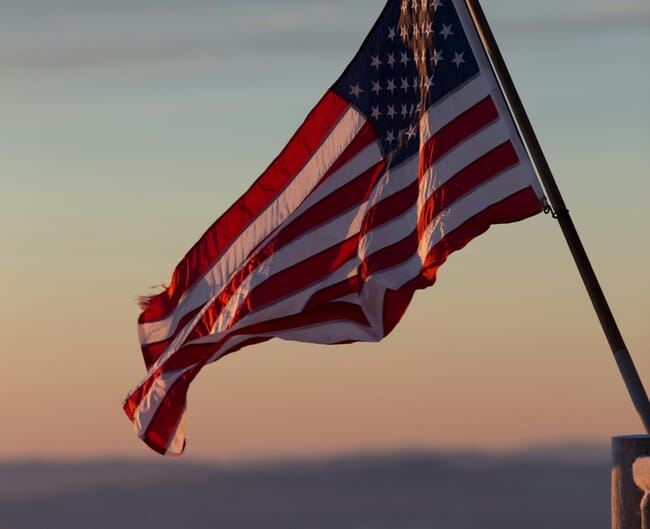
© Sawyer Sutton
US Senators Brian Schatz of Hawaii and Roger Wicker of Mississippi have introduced the Marine Aquaculture Research for America (MARA) Act of 2025, a bipartisan bill aimed at advancing commercial-scale offshore aquaculture in US federal waters. The proposed legislation seeks to boost sustainable seafood production, support coastal economies, strengthen the domestic seafood industry and reduce the country’s reliance on imported seafood.
“The bipartisan consensus is clear: Congressional action is needed to build a robust American open ocean aquaculture industry, and the MARA Act lays the groundwork towards that goal. We thank Senators Schatz and Wicker for their leadership in introducing legislation that will allow us to demonstrate how we can grow more of our own seafood here at home – and do so responsibly and sustainably, just like it’s already being done today in countries abroad and in our own state waters,” said Drue Banta Winters, campaign manager of Stronger America Through Seafood (SATS), in a press release.
The MARA Act would:
- Establish an assessment programme to evaluate commercial-scale demonstration projects.
- Create a dedicated Office of Aquaculture within the National Oceanic and Atmospheric Administration’s (NOAA) National Marine Fisheries Service to coordinate federal permitting for a US aquaculture programme.
- Set clear timelines and establish a consolidated environmental review process during the permitting approval process.
- Authorise grant funding to modernise American working waterfront communities, including infrastructure that benefits both commercial fishing and aquaculture.
- Invest in workforce training and curriculum development to train the next generation of aquaculture professionals.
The bill builds on years of bipartisan legislative effort, incorporating key provisions from both the Advancing the Quality and Understanding of American Aquaculture (AQUAA) Act, and the Science-based Equitable Aquaculture Food (SEAfood) Act, which were both introduced in previous congresses.
“This growing bipartisan consensus in Congress to advance open ocean aquaculture in America comes with strong support from leading environmental groups, seafood industry businesses, chefs and academics who all agree: We can responsibly grow more of our own seafood here at home,” said Winters.
Regulatory hurdles slow progress as demand for domestic aquaculture grows
Currently, duplicative and costly environmental reviews by multiple federal agencies and a lack of a clear permitting framework has made it nearly impossible for fish farmers to establish aquaculture operations in US federal waters. Despite growing demand for sustainable seafood and increased pressure on wild fisheries, no commercial scale finfish farm has successfully navigated the US federal regulatory process to date, though some progress has recently been made.
This May, the EPA awarded a historic permit for Ocean Era’s Velella Epsilon demonstration project, allowing a single net pen in open ocean waters off Florida’s coast. This small project – holding just 20,000 fish and only 1 percent of the size of a commercial farm – has been mired in the permitting process for more than seven years, with even more hurdles still ahead before the project is fully approved to enter the water.
According to SATS, communities across the United States would benefit from the expansion of domestic aquaculture. Increasing local seafood production would drive investment in portside infrastructure, revitalise working waterfronts and create new job opportunities throughout the seafood supply chain – including hatcheries, fish farms, equipment manufacturers, feed suppliers, processing plants and retailers. It would also open up new markets for American farmers who grow key ingredients for sustainable fish feed, such as maize, soybeans and peas.


